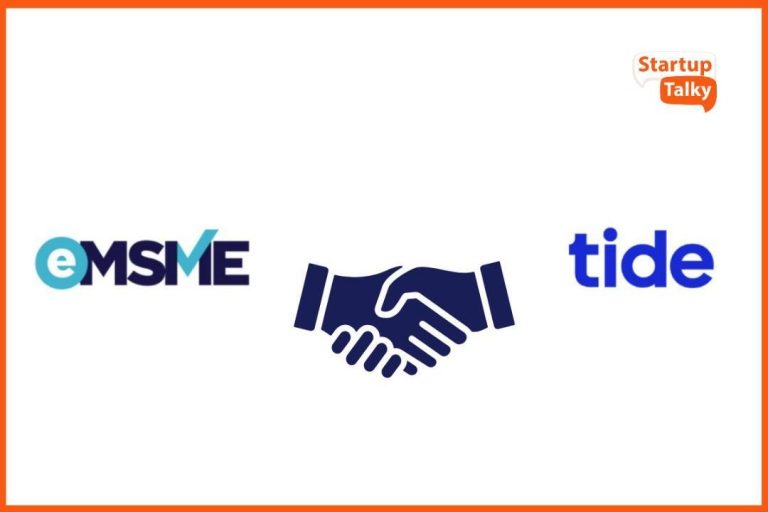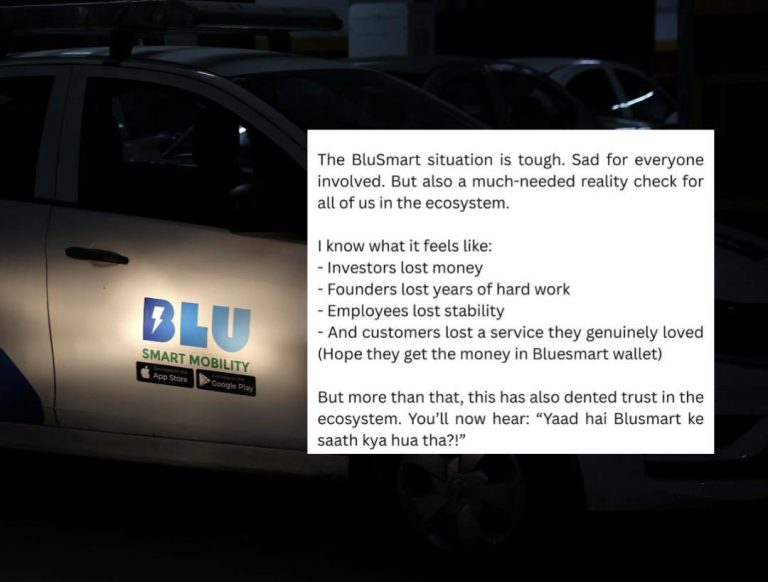
What’s killing your conversions at the final step?
You’ve done it – you’ve managed to engage your users, build anticipation, and drive them to your website. They’re just one step away from converting, but somehow, they’re abandoning ship. It’s frustrating, isn’t it? You’ve done everything right, so why are they leaving?
The truth is, the final step is often where the most crucial decisions are made. A small misstep can derail the entire conversion process, and it’s not uncommon for even the most engaged users to change their minds at the last minute. But why does this happen, and more importantly, how can you prevent it?
In this post, we’ll explore the common culprits that can kill your conversions at the final step and provide actionable tips on how to optimize this critical stage of the user journey.
Surprise costs and unclear trust signals
Have you ever landed on a website, only to find out that the “free trial” you were expecting actually comes with a hefty price tag? Or maybe you’ve encountered a website with unclear trust signals, such as missing SSL certificates or generic contact information. These kinds of surprises can be major deal-breakers, causing users to abandon their purchase or sign-up in frustration.
To avoid this, make sure to clearly communicate any costs or requirements upfront. Be transparent about what users can expect, and provide reassurance through visible trust signals, such as:
- SSL certificates
- Prominent contact information
- Verified reviews and ratings
- Clear return or refund policies
Long forms and tedious processes
Imagine having to fill out a 10-step form to sign up for a newsletter or purchase a product. It’s a daunting task, right? Long forms can be overwhelming and may cause users to lose interest or abandon their attempts altogether.
To streamline the process, focus on simplifying your forms and reducing the number of fields required. Ask yourself:
- What information do you really need to collect?
- Can you pre-populate fields with default values or existing data?
- Can you break up long forms into smaller, more manageable chunks?
Unclear calls-to-action (CTAs)
A clear CTA is essential for guiding users through the conversion process. But what happens when your CTAs are unclear, confusing, or hard to find?
Make sure to:
- Use action-oriented language (e.g., “Sign up now” instead of “Learn more”)
- Make CTAs prominent and visible throughout the user journey
- Use contrasting colors or bold text to make CTAs stand out
- Test different CTA variations to find what works best for your audience
The power of reassurance
Reassurance can go a long way in building trust and confidence with your users. Consider adding visible reassurance elements, such as:
- Verified badges or certifications
- Customer testimonials or reviews
- Guarantees or warranties
- Clear return or refund policies
These elements can provide an added layer of comfort, helping users feel more secure in their purchasing decisions or sign-ups.
Optimizing the last mile
As we’ve discussed, the final step of the user journey is often where the most crucial decisions are made. To optimize this stage, focus on:
- Clear CTAs and minimal form fields
- Visible reassurance elements, such as reviews or guarantees
- Simplified processes and reduced friction
- Continuous testing and iteration to refine the user experience
By focusing on these elements, you can create a seamless and trustworthy conversion experience that keeps users engaged and motivated to complete their desired action.
Conclusion
The final step of the user journey is often where the most crucial decisions are made. By identifying and addressing common culprits like surprise costs, unclear trust signals, long forms, and unclear CTAs, you can optimize this critical stage and boost your conversions.
Remember, every second counts at this stage. Clear CTAs, minimal form fields, and visible reassurance elements can tip the scale, leading to real gains and increased conversions.
Source
This article was originally published on Growth Jockey: https://www.growthjockey.com/blogs/user-journey-leads-to-website-optimization






